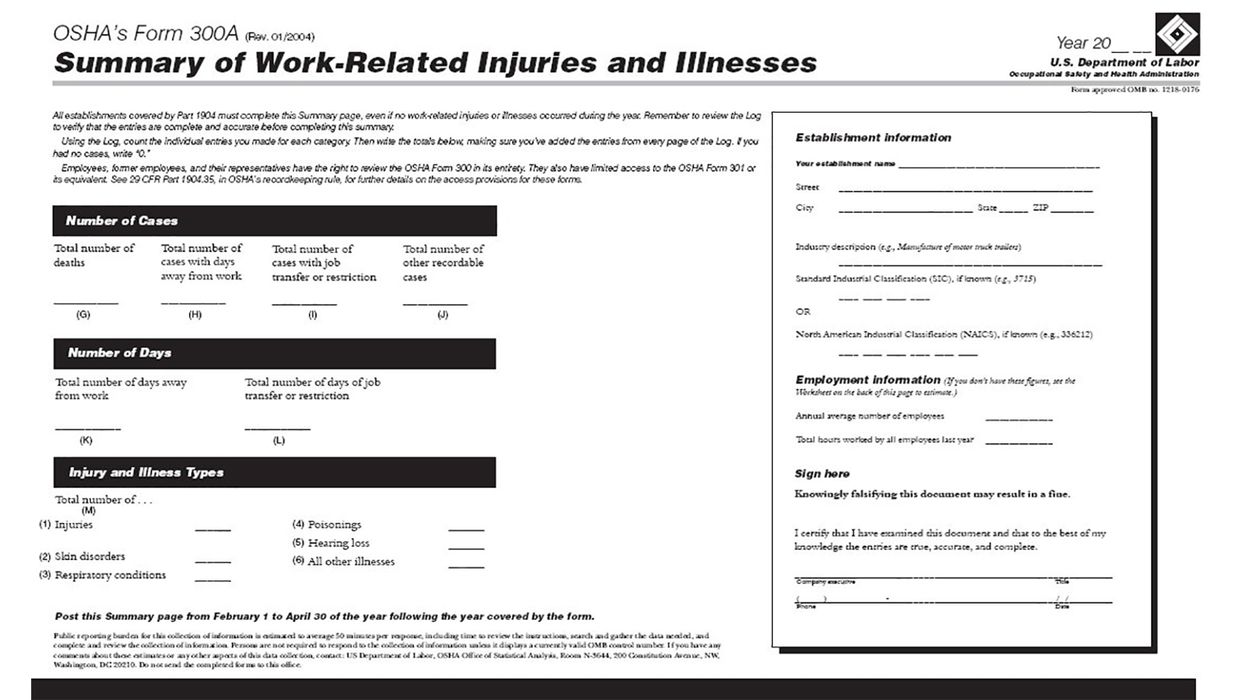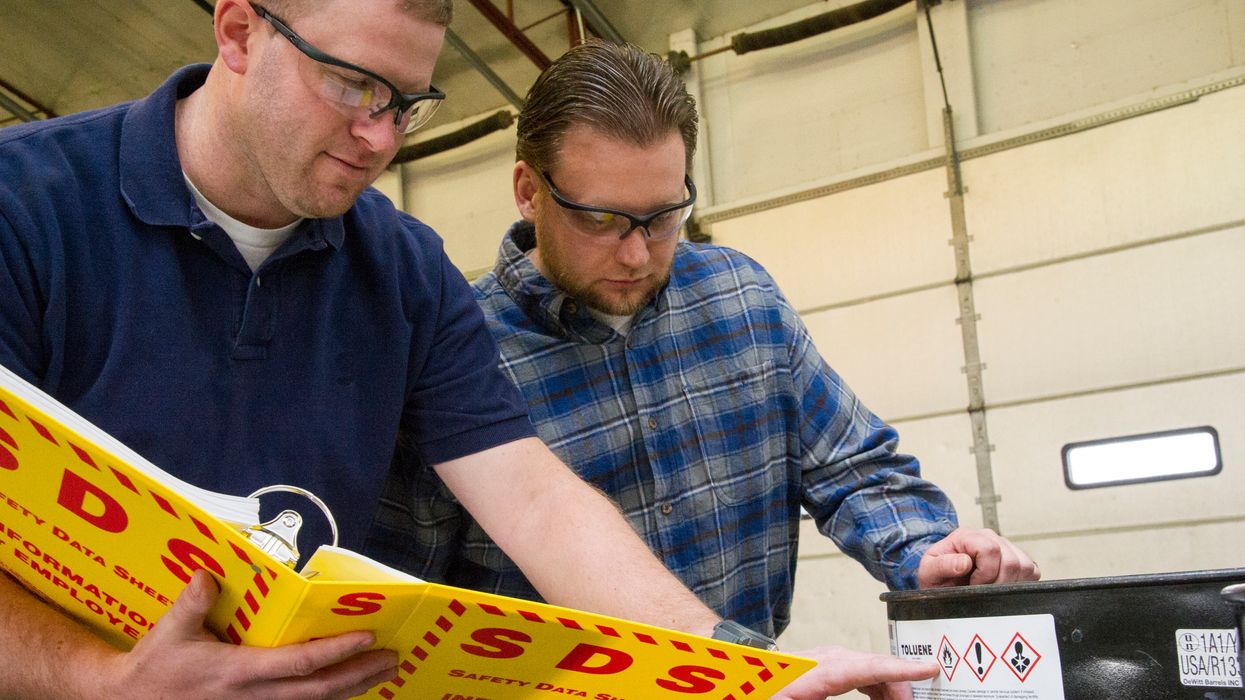New report looks at indicators of workplace violence
As a safety professional, wouldn’t you find it helpful to know the indicators of workplace violence? Based on new research and data from several government agencies, 13 indicators have been identified. Employers should review these indicators, consider their operations, and implement necessary controls.
Using data from BLS’s Census of Fatal Occupational Injuries, the study found that, over a 27-year period from 1992 to 2019, nearly 18,000 persons were killed at work, on duty, or in violence that was work-related. Homicides in the workplace peaked at 1,080 homicides in 1994 and dropped to 454 in 2019, a decline of 58 percent. During a more recent period from 2014 (409 homicides) to 2019, workplace homicides increased 11 percent.
According to the study, an annual average of 1.3 million nonfatal workplace violent victimizations occurred during the combined five years from 2015 to 2019, based on data from the Bureau of Justice Statistics’ National Crime Victimization Survey (NCVS). Violent victimizations include rape or sexual assault, robbery, aggravated assault, and simple assault. This was a rate of 8.0 nonfatal violent crimes per 1,000 workers aged 16 or older. Persons in corrections occupations had the highest average annual rate of nonfatal workplace violence at 149.1 per 1,000 workers among all occupations measured.
In other findings based on the NCVS, strangers committed about half (47 percent) of nonfatal workplace violence during 2015–19, with male victims less likely than female victims to know the offender. The offender was unarmed in 78 percent of nonfatal workplace violence, and the victim sustained an injury in 12 percent. Fifteen percent of victims of nonfatal workplace violence reported severe emotional distress due to the crime.
The joint study also stated that about 529,000 nonfatal injuries from workplace violence were treated in hospital emergency departments (EDs) for the combined 2015-19 period, based on data from NIOSH’s National Electronic Injury Surveillance System-Occupational Supplement. This was a rate of 7.1 ED-treated injuries per 10,000 full-time equivalent (FTE) workers. Physical assaults (hitting, kicking, or beating) accounted for 83 percent of such injuries, which were most often contusions and abrasions (33 percent), followed by sprains and strains (12 percent) and traumatic brain injuries (12 percent). ED-treated injuries were more common among younger victims than older victims.
In 2019, female employees (5.1 cases per 10,000 FTEs) had higher rates than males (2.3 per 10,000) of nonfatal injuries due to workplace violence resulting in days away from work, according to data from the Survey of Occupational Injuries and Illnesses-Case and Demographics (BLS). Female workers accounted for 65 percent of the 37,210 nonfatal injuries due to workplace violence involving hitting, kicking, beating, or shoving that resulted in missed work. Male workers accounted for 82 percent of the 340 injuries involving an intentional shooting that resulted in days away from work.
The report provides indicators of the current problem of workplace violence in the United States:
- Trends in workplace homicide.
- Characteristics of workplace homicides victims.
- Characteristics of workplace homicides.
- Trends in nonfatal workplace violence.
- Characteristics of victims of nonfatal workplace violence.
- Characteristics of nonfatal workplace violence.
- Police notification of nonfatal workplace violence.
- Characteristics of offenders in nonfatal workplace violence.
- Weapons in nonfatal workplace violence.
- Nonfatal workplace violence resulting in victim injuries.
- Nonfatal injuries due to workplace violence treated in emergency departments.
- Nonfatal injuries due to workplace violence resulting in days away from work.
- Socio-emotional problems resulting from nonfatal workplace violence.
Key to remember: A recent report from multiple agencies identified 13 indicators of potential workplace violence.




















































